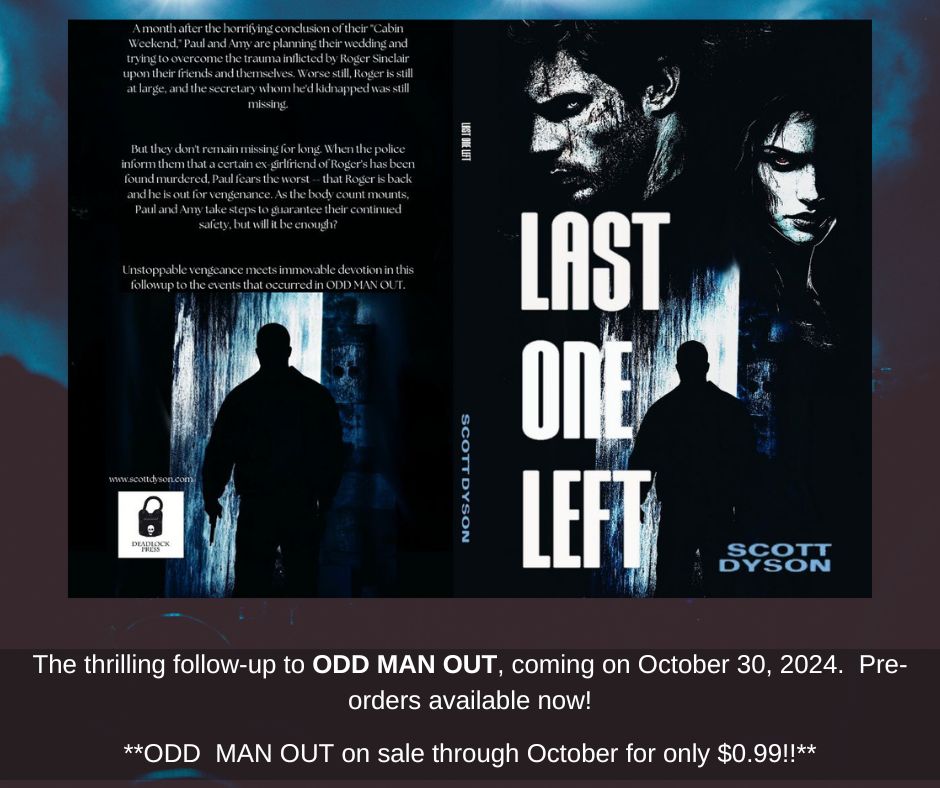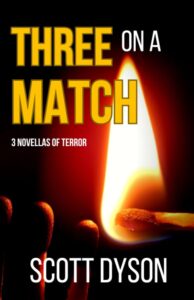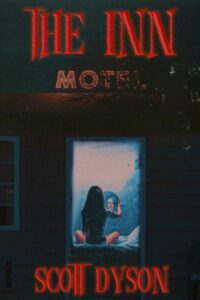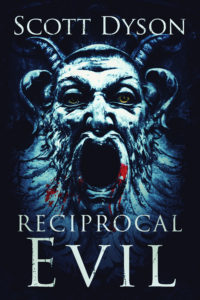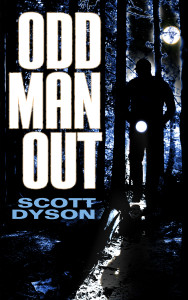As you can tell by reading this series of posts/articles, I may or may not have given a lot of thought to post-apocalyptic scenarios. I think the authors I’ve referenced in these articles have pretty much touched every base there is to touch with respect to the variety of ways our world could end. Are there issues that we haven’t thought of? Probably. I can think of a few examples off the top of my head of real life giving us new material for our consideration and analysis, which writers then wrote about.
Remember December 31, 1999? Everyone was wondering what might happen when the computer clock clicked over to 2000? Most everything was in a 6-digit date format. What would happen to all of our systems when that year went to double-zero? Would everything shut off? Reset? Would we lose the records of everyone’s wealth?
Movies and books were written about this in advance of the date. But no more, because fortunately, nothing much happened. Whether this was because we switched to an eight digit format for dates, using the full number for the year (like, this year is 2025, so the date is 03/20/2025, the first day of spring), or was it simply because the computers didn’t care what the date was as much as we thought they might? I don’t really know.
Remember 2012? Some people (not me) were worried that the world would end that year, because the Mayan calendar ended that year. Whitley Streiber notably wrote a book called 2012 about a potential apocalypse, which I read, but which I can barely recall anything about besides the title. Nothing prevented an apocalypse at the time, because there was nothing apocalyptic about the date. It was just a number!
Perhaps we face some more serious issues today. We have a climate crisis approaching, whether natural or helped along by human civilization. So we are trying to find alternative energy sources. We have them, but we don’t know if they are feasible in the short or long run. What if we begin using one extensively, but there are unforeseen consequences to wind, or solar, or hydroelectric? What about nuclear solutions? Fusion is still not commercially useful to us, but we continue to research it. What if, when we finally make it work, its use has unforeseen consequences?
So which of these scenarios seems most likely? Duh…zombies!
Just kidding. If we’re simply talking about what’s most likely to happen, it’s a pandemic. We just had one. Instead of making our response teams more robust and implementing a more efficient early warning system, we did the opposite. That can’t lead to anything good. But a pandemic in reality is not going to be 99% fatal. Even if it’s more serious than COVID, it isn’t going to kill off humanity, at least not if it’s a naturally occurring bug.
I think we can rule out aliens, because, unless they (or we) find a way to circumvent the known laws of physics, our civilization will die out long before they ever find us, or travel this far. And while I think climate and weather are going to change our lives, not to mention our economies, all over the world, I don’t think we will see a mass extinction event from it. Humans will still be around when it’s all said and done.
No, what I think is the most likely scenario is that a comet or asteroid hits the planet, causing it to become inhospitable to any kind of life, especially human life. A dinosaur killer, to be clear. It’s happened before. It’s going to happen again. It’s more a question of when than if. And who knows? Maybe we will have the ability by then to simply swat the object away like it was an unwelcome insect attacking our planet.
So, the books I am writing right now—two are different takes on the disease apocalypse. I think I talked about all of my PA fiction in earlier posts. I don’t want to rehash it in this post, just to point out that I have about a hundred thousand words done on the one where only adults are killed and kids are spared. It still feels far from done, but I keep plugging. Another is where a shadowy group of people, including government folks, moguls/oligarchs, and other rich people, decide to kill off the world. I was inspired for this one by Hugh Howey’s WOOL series, but after a brief email exchange with Mr. Howey, I realized that my ideas wouldn’t work in his world (it started out as an attempt to write something in the Silo world, since Mr. Howey had generously allowed others to write in his sandbox, so to speak), so I changed it to something else. Then I realized that a third pandemic-inspired story I’d started but which was languishing could fit as part of this tale, so I worked it in. I believe this one is already over a hundred thousand words.
And the last one I talked about in the dinosaur killer post, because my idea is that the moon’s orbit destabilizes and it comes crashing into the Earth. I’ve finished two books, each about fifty thousand words, and I actually started a third book (because trilogies work well in PA fiction, I’m told)
I stay up at night sometimes thinking about stuff like this—not because I’m particularly worried about it, but because if I come up with something new, different, interesting, or some combination of those three, I want to write it. Be assured that if I come up with the next original post-apocalyptic scenario, you will find me talking about the stories I write about it on the pages of this blog or wherever I’m promoting my work.
I don’t have that new idea yet, but if you don’t want to miss it when it comes to me, keep checking back hereabouts! Thanks for reading, if you’ve made it this far!

